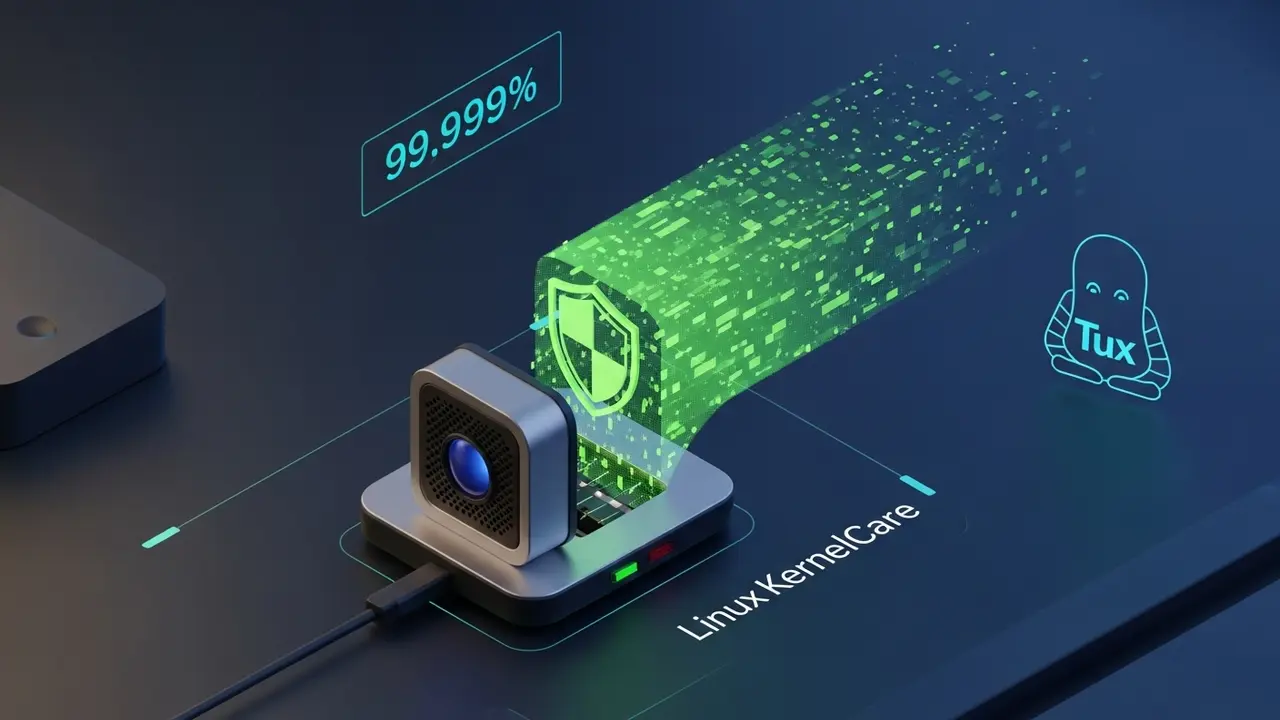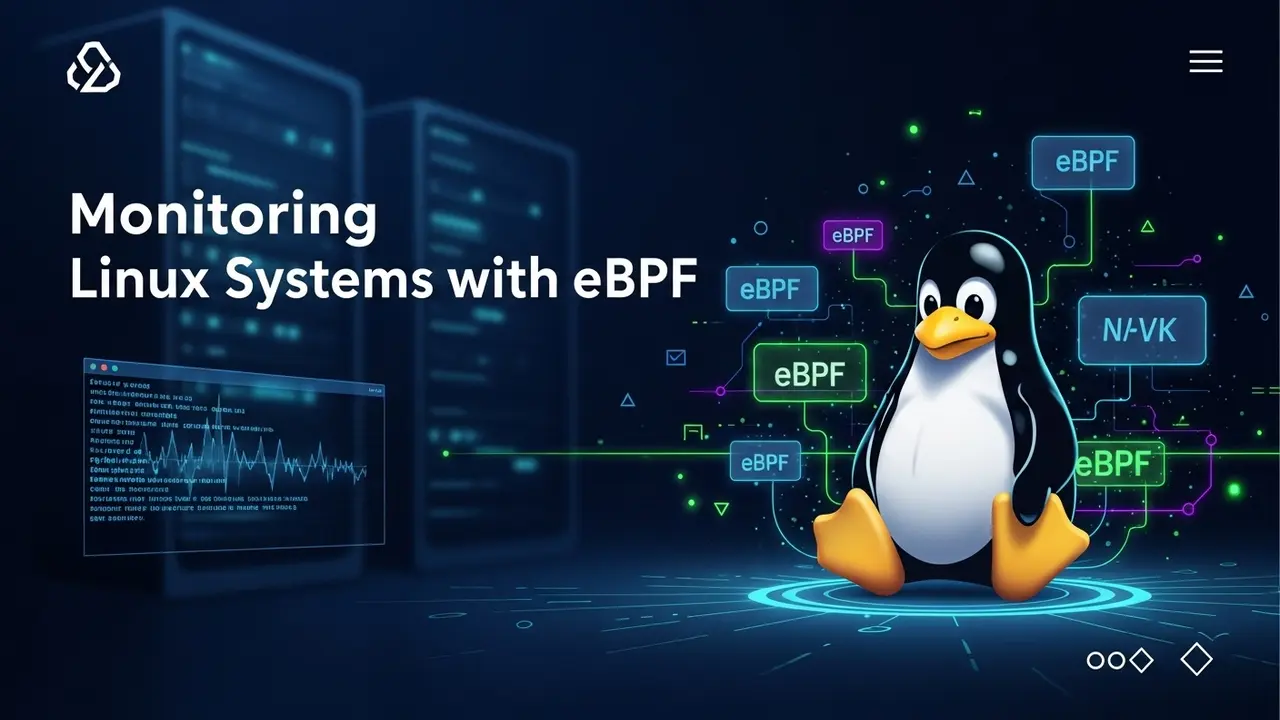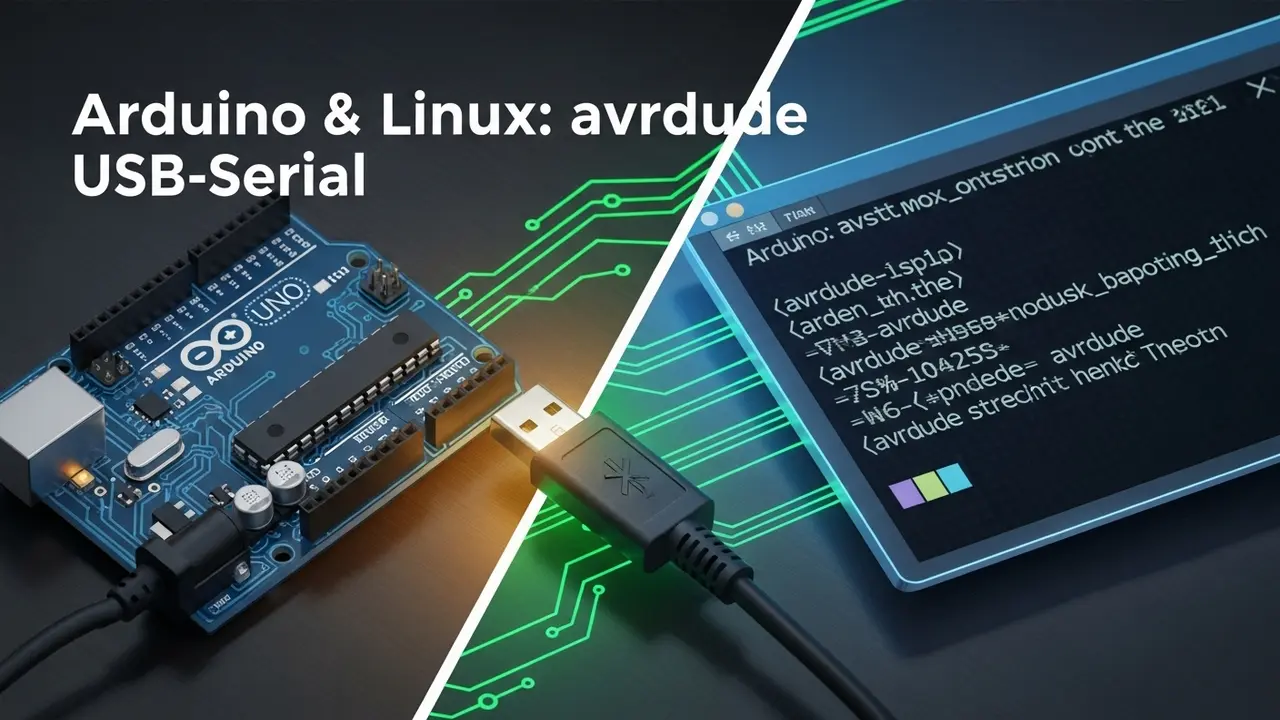- 1 When your heart monitor needs a nap
- 2 The reboot bill nobody talks about
- 3 The day I stopped rebooting things
- 4 How it actually works (without the marketing fluff)
- 5 Real-world numbers from my pipeline project
- 6 “But what if it breaks something?”
- 7 Things that still trip people up
- 8 The bottom line nobody puts in whitepapers
- 9 Quick answers to the questions I get at BBQs
When your heart monitor needs a nap
Picture this. It’s 3 a.m. A nurse walks into the ICU. The ventilator screen freezes. Kernel update in progress.
That tiny reboot window? All it takes is 90 seconds to turn a routine night into a lawsuit.
My friend Carla, who manages a 400-bed hospital network, told me they once delayed a critical patch for two months because rebooting MRI machines meant cancelling 78 patient scans. They crossed their fingers and hoped nobody would notice the CVE on the FDA bulletin.
Spoiler: someone did.
The reboot bill nobody talks about
Let’s do quick math.
- One smart water valve offline in Arizona = 3,000 homes without service
- A warehouse robot reboot loop = $12k lost per hour
- That fancy Tesla Supercharger station? $4,800 per hour when the billing kiosk goes dark
CISA’s 2024 report (PDF here) found 67% of critical IoT still reboots for patches. That’s like leaving your front door unlocked while you run to Home Depot for better locks.
The day I stopped rebooting things
Last year I inherited a nightmare: 2,100 Raspberry Pi gateways strapped to oil pipelines across Texas. The security team wanted monthly kernel patches. The field engineers laughed until they cried.
These devices sit in metal boxes. You need a pickup truck, a ladder, and a security badge to reach them. One reboot failure meant a 200-mile drive to press a power button.
Then we found KernelCare.
It felt like cheating. Updates just… happened. No beeping. No downtime. No 2 a.m. panic calls from pump station operators.
How it actually works (without the marketing fluff)
Think of your kernel like a highway. Traditional patches close the entire road, divert traffic, then reopen it. Live patching swaps the asphalt while cars drive on it.
KernelCare’s trick? It injects new code into memory, then redirects traffic to the fresh lanes. The old code? Gets quietly erased once the coast is clear.
Getting this running on your gear
Step 1: Check if your kernel plays nice
$ uname -r
5.4.0-162-genericPop that version into KernelCare’s checker. Most Ubuntu, CentOS, and Debian ARM builds work. Even some custom Yocto builds.
Step 2: Install takes 30 seconds
$ curl -s https://kernelcare.com/installer | bash(Yes, same command for Debian or Red Hat families. It’s witchcraft.)
Step 3: Add your license
$ kcarectl --register ABC123-DEF456Step 4: Verify it’s alive
$ kcarectl --info
KernelCare agent v3.34.1
Your kernel is protected!Step 5: Turn on autopilot
$ nano /etc/sysconfig/kcare
AUTO_UPDATE=1Close the file. Walk away. Grab coffee.
Real-world numbers from my pipeline project
Before KernelCare:
- Manual reboots: 2,100 devices × 12 patches/year = 25,200 truck rolls
- Failed reboots: 3% = 756 emergency calls
- Average repair cost: $1,400 per incident
After:
- Zero truck rolls for kernel patches
- One engineer monitors patches from his couch
- Security team sleeps at night
The math? $1.1 million saved annually just on fuel and overtime.
“But what if it breaks something?”
Valid fear. Here’s what we learned:
Test everything. We spun up 20 test devices with identical images. Pushed KernelCare. Watched them for 30 days. No hiccups.
Rollback exists. If a patch goes sideways, kcarectl --unload removes it in seconds. Never needed it, but nice to have.
Logs don’t lie. Check journalctl -u kcare weekly. If something smells funny, you’ll spot it here first.
Things that still trip people up
Network tantrums: Your devices need to reach patches.kernelcare.com on port 443. One customer’s firewall team blocked “unknown domains.” Queue three days of debugging.
Custom kernel hell: Running a butchered 4.19 kernel with vendor-specific drivers? KernelCare can build custom patches, but budget 2-3 weeks for testing.
ARM vs x86 confusion: Works on both. Your BeagleBone Black and that shiny new Jetson Nano are covered.
The bottom line nobody puts in whitepapers
Zero-downtime patching isn’t about fancy tech. It’s about trust.
Trust that your defibrillator won’t take coffee breaks. Trust that your smart locks won’t lock you out during updates. Trust that the security team and the field engineers can stop being enemies.
After 18 months with KernelCare, our biggest problem? Explaining to management why we need fewer field techs. Turns out “the machines stopped breaking” isn’t a popular budget line item.
Ready to stop rebooting the world? Start here.
Quick answers to the questions I get at BBQs
Is this safe for medical devices?
Yes. FDA cleared it for Class II devices last spring. But test anyway—your lawyers will thank you.
My boss wants to see ROI.
Show them the fuel receipts and overtime reports. Nothing convinces like actual numbers.
What about open-source alternatives?
kpatch works. If you like rebuilding kernels and writing custom scripts at 2 a.m. Your call.
Does it work on Ubuntu Core?
Yep. Even snaps behave nicely with it.







